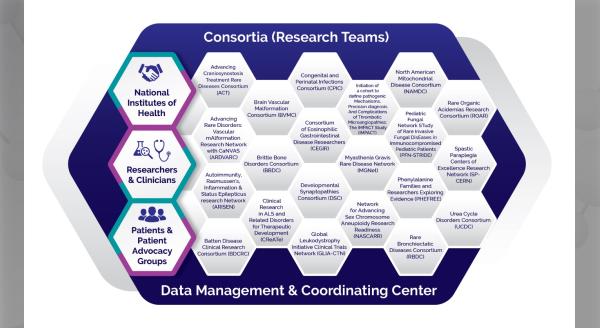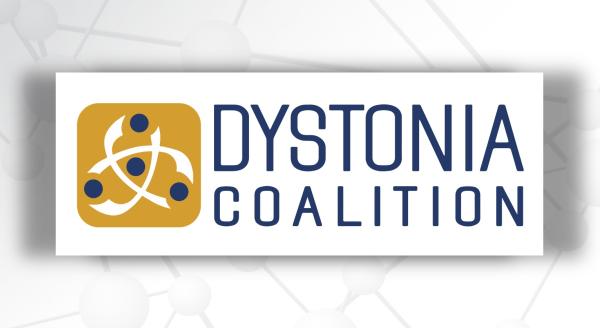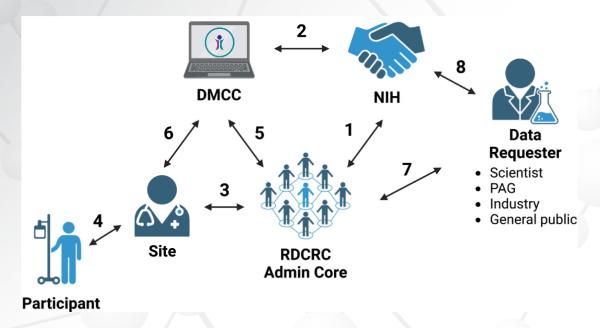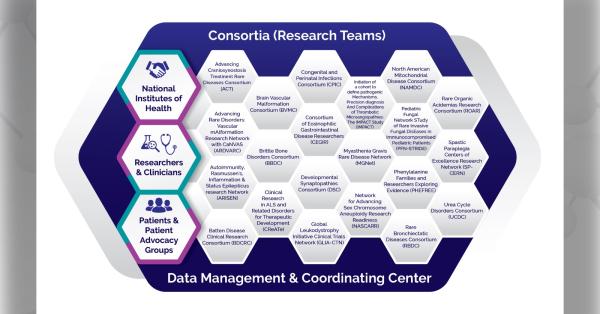BreAnna Kinghorn, MD, MS, is an assistant professor in pediatric pulmonary and sleep medicine at Seattle Children's Hospital and the University of Washington School of Medicine. She is also a member of the Genetic Disorders of Mucociliary Clearance Consortium (GDMCC). Dr. Kinghorn’s research focuses on improving outcomes for children with primary ciliary dyskinesia (PCD). Here, she shares her start in rare disease research, exciting discoveries, and future goals.
How and why did you get involved with rare disease research?
Early in my pediatric residency, I fell in love with pulmonary physiology. During my pulmonary fellowship, I narrowed my clinical and research focus to pediatric bronchiectasis. My primary mentor, Dr. Margaret Rosenfeld, encouraged me to submit a case report for the PCD On the Move conference and I instantly became interested in PCD clinical and research opportunities.
My first PCD project was a multi-center, observational cross-sectional study involving several GMDCC sites. We compared lung function and multiple breath washout (MBW) in young children with either PCD, cystic fibrosis (CF), and healthy controls, and we found similarly decreased lung function and MBW parameters in children with PCD compared to children with CF. This project really shaped my early career goal of understanding risk factors for early and progressive lung disease in children with PCD.
When did you join the GDMCC as an early stage researcher?
I joined the GDMCC in 2018 as an early stage researcher and I’ve also participated in the GDMCC Career Enhancement Core program.
What were your experiences working with the GDMCC and how has the experience shaped your research career?
The GDMCC has been integral to my research career and I’m now a site co-investigator for several of the GDMCC PCD studies. I’ve had a breadth of experiences through the GDMCC, including involvement in small and large multi-center cross-sectional and longitudinal studies, chairing Stakeholder (Patient/Family) Advisory Panels, protocol/study design and creating patient-interfacing materials, and recruiting/conducting clinical research visits. The GDMCC has provided excellent mentorship and allowed me the opportunity to collaborate on several projects.
Most recently, I worked with the GDMCC to organize and implement an NIH-funded R13 “Rare Genetic Causes of Bronchiectasis: Paving the Way to Clinical Trials” virtual conference, which was held in September 2021. As a conference co-chair, I found the consortium collaboration, expert insight, and networking crucial in making the conference a successful endeavor.
Can you share a recent discovery with us, and what it adds to our knowledge of the field?
Children with PCD show significant variability in disease severity and progression of lung disease, and genotype-phenotype associations are emerging. We recently completed a study looking at the association of ciliary defect and structural lung disease on chest computed tomography (CT). We identified that children with inner dynein arm and microtubular disorganization (IDA/MTD) ciliary ultrastructural defects have significantly greater structural lung disease on CT than children with other ciliary defects.
Our findings expand on prior findings of more severe lung function impairment and poorer nutritional status associated with IDA/MTD defects. Furthermore, our findings emphasize the importance of identifying high-risk individuals. Specific structural changes may better inform basic science endeavors and interventional targets.
Where are you heading next with your research?
My career goal is to become an expert in early lung disease outcome measures in young children with PCD, build our understanding of the clinical course of progressive lung disease in children with PCD, and translate these outcome measures into early intervention clinical trials.
As a mentored junior co-investigator with Dr. Rosenfeld for the Seattle GDMCC site, I look forward to ongoing participation in multi-center studies looking at characterization of PCD clinical course (e.g., defining pulmonary exacerbations). My ultimate research goal is to focus on clinical interventions aimed at early lung disease in an effort to modify and/or halt the progression of irreversible lung injury (bronchiectasis).
What advice would you offer to other early stage researchers?
Strong mentorship is essential for rare disease research. Dr. Rosenfeld has been both a strong mentor and sponsor—a genuine advocate and catalyst for my early research career. I recommend reaching out to consortia and individuals outside your institution. Dr. Margaret Leigh and Dr. Stephanie Davis have been long-distance mentors and instrumental in several of my research projects.
I also advise looking into other rare disease research resources (seminars, workshops, programs, etc.). I found the RDCRN Scholar Program very helpful, as it expanded on my epidemiology background, focus on the challenges of rare disease research (study design, funding, etc.), and connection with investigators in other fields.
The Genetic Disorders of Mucociliary Clearance Consortium (GDMCC) is part of the Rare Diseases Clinical Research Network (RDCRN), which is funded by the National Institutes of Health (NIH) and led by the National Center for Advancing Translational Sciences (NCATS) through its Division of Rare Diseases Research Innovation (DRDRI). GDMCC is funded under grant number U54HL096458 as a collaboration between NCATS and the National Heart, Lung, and Blood Institute (NHLBI).







